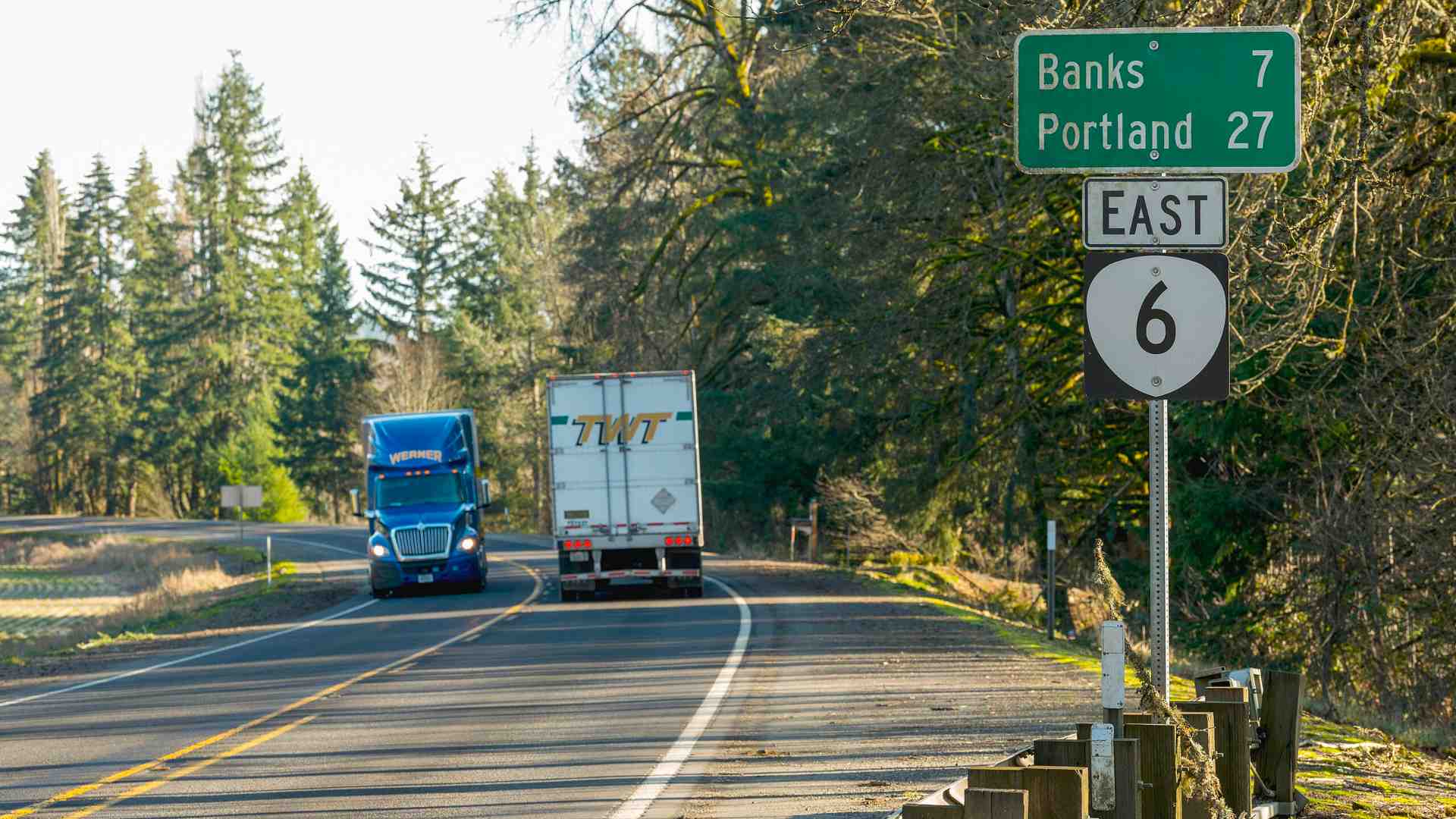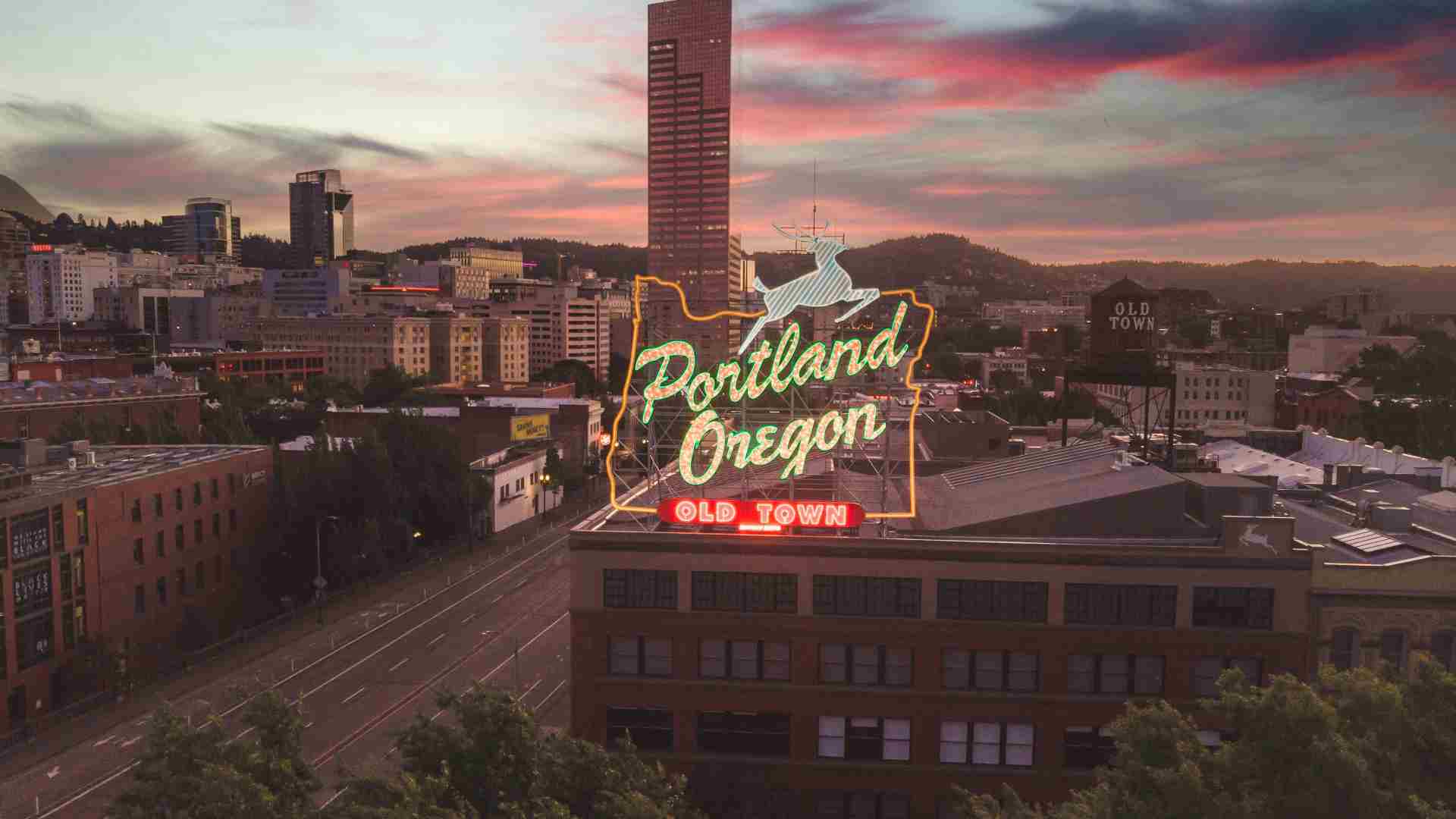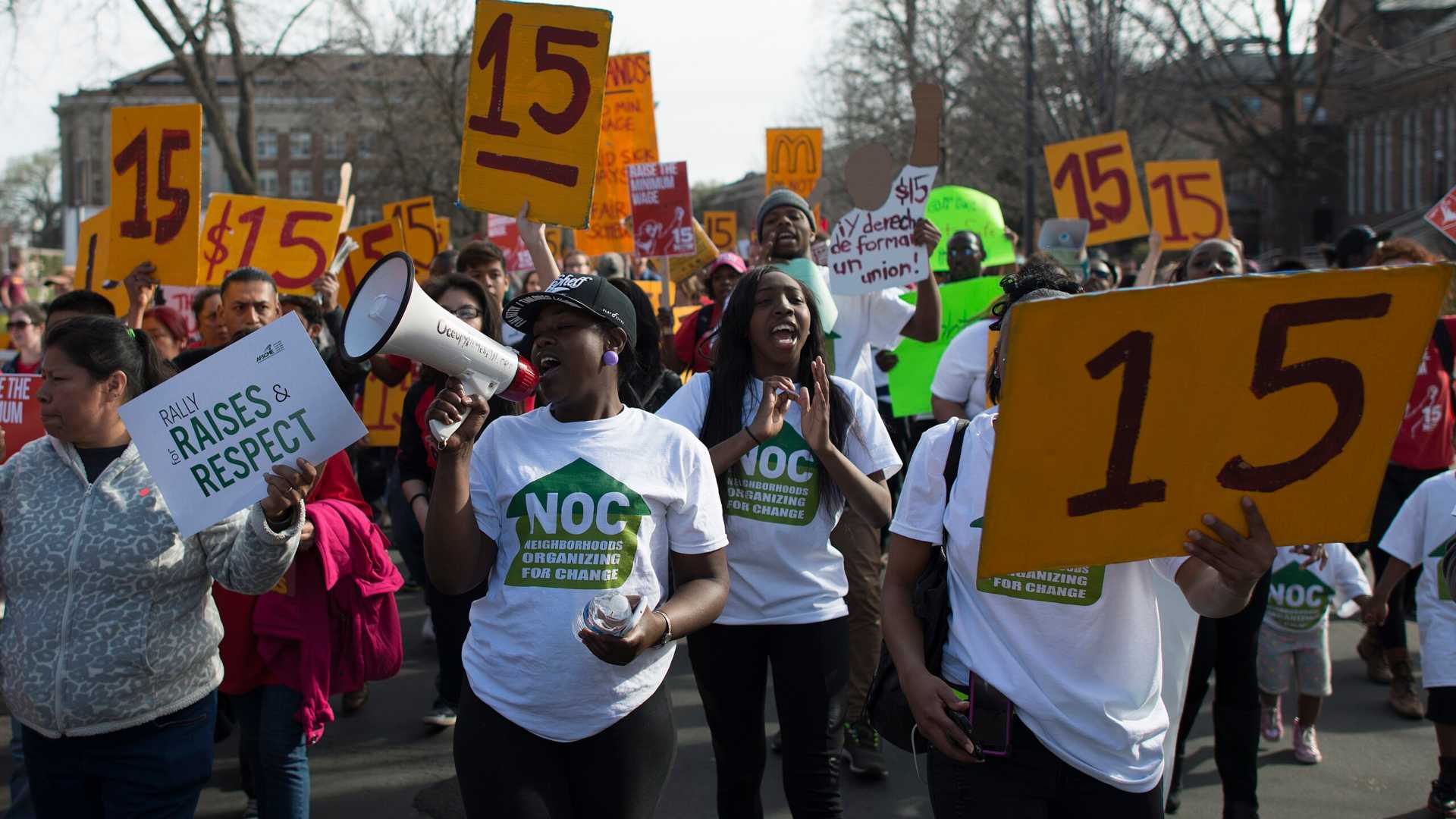Oregon’s minimum wage will rise by 50 cents per hour for all workers starting July 1 of this year. In metro areas close to Portland, this will bring the minimum wage close to $16 an hour.
The minimum wage changes, announced in April, are an automatic increase based on the Consumer Price Index to comply with the state’s current minimum wage law passed in 2016.
Almost $16 an Hour

In three counties located in the Portland metro area, the minimum compensation rate will increase from $15.45 to $15.95 per hour.
Besides these counties, which include Multnomah, Washington, and Clackamas, the surrounding 18 urban counties just outside the Portland area will see the minimum wage rise to $14.70 an hour.
Rural Areas

While the increase is the same across the board, Oregon has a three-tiered system for minimum wage based on the area. This separates the state into three regions with different levels of minimum wage.
In Oregon’s rural areas, which include 18 counties, the minimum compensation rate will go from $13.20 per hour to $13.70 per hour.
Tiered System

Since the current iteration of Oregon’s minimum wage law went into effect in 2017, the state has had this tiered system.
The argument from state lawmakers is that keeping the minimum wage lower in rural areas of the state would have a smaller impact on the cost of living. The cost of living tends to be lower in these areas compared to more urban zones.
Minimum Wage in Oregon

When the minimum wage law was passed, the state pledged to raise the minimum wage rate over six years until it became one of the highest in the country.
It’s now nearly eight years later and the ambitious goal at the time has since been one-upped by states like California, whose $20 minimum wage hike for fast-food workers recently went into effect at the beginning of April.
Oregon Farm Bureau

The Oregon Farm Bureau came out in strict opposition to the minimum wage law in 2016. At the time, the state’s minimum wage was only $9.25 per hour but still among the nation’s highest.
The Oregon Farm Bureau argued that the law would cause a phasing out of workers for labor-intensive produce. Oregon Public Broadcasting reported in 2023 that the number of farm workers in the state has shrunk considerably, meaning this prediction somewhat came to pass, though it may not necessarily have to do with the minimum wage increase specifically.
People Were Divided

When the tiered system and minimum wage increase became law, a survey of voters found that the tiered system had deeply divided Oregonians. At the time it was considered a landmark law that pushed the envelope of minimum wage for workers.
Oregon Public Broadcasting put out a statewide survey that found 48% of voters were in favor of the wage increase while 46% were opposed.
Crossing the $15 Minimum

Last year, Oregon crossed the $15 minimum wage threshold, a number that pro-worker activists and politicians across the country had been relentlessly pushing for a long time.
However, what once seemed like a lofty goal now seems quaint compared to the progress across the country on raising the minimum wage amidst people struggling with inflation. There were no big cheering crowds when the state surpassed the $15 minimum wage last year, and it’s likely the $16 mark will also not see any celebrations as people are still looking for more.
Employment Benefits

Last May, the Institute for Research on Labor and Employment researched the effects of American countries that have exceeded the $15 per hour minimum wage for the fast-food industry.
The study, which was updated in February of this year, found that these wage increases led to “significant positive employment effects” as well as “substantial pay growth” for workers.
Tracking Inflation

2023 saw the end of scheduled minimum wage increases, with Oregon’s minimum wage law now being tied to inflation. However, some researchers think that just tying the minimum wage to inflation can still lead people in struggling circumstances to fall behind.
A United Way analysis found that when taking into account every essential good or service that a person needs to live, family size matters for minimum wage. According to an economic measure called ALICE, a one-parent household raising one child needed to earn at least $21 an hour in 2021.
Economic Opportunities

Some Oregon residents feel negative towards the state of their local economy. A DHM Research survey from February found that most voters living in the Portland metro area have a negative view of the direction of their city.
40% of respondents said homelessness was their top concern and half of them said they feel negative about their future economic opportunities.
Will the Wage Increase Help?

It’s unclear if the minimum wage increase in July will be enough to alleviate the negative feelings captured in the DHM Research survey.
“Overall for the region, collapsing across all three counties, what we see is that 51% think that their county is on the wrong direction, which is a continuation of fairly negative sentiment that we’ve had for the past few years,” said DHM president Michelle Neiss.
